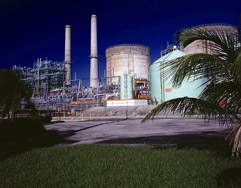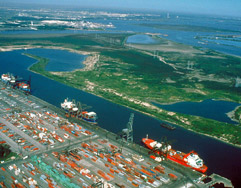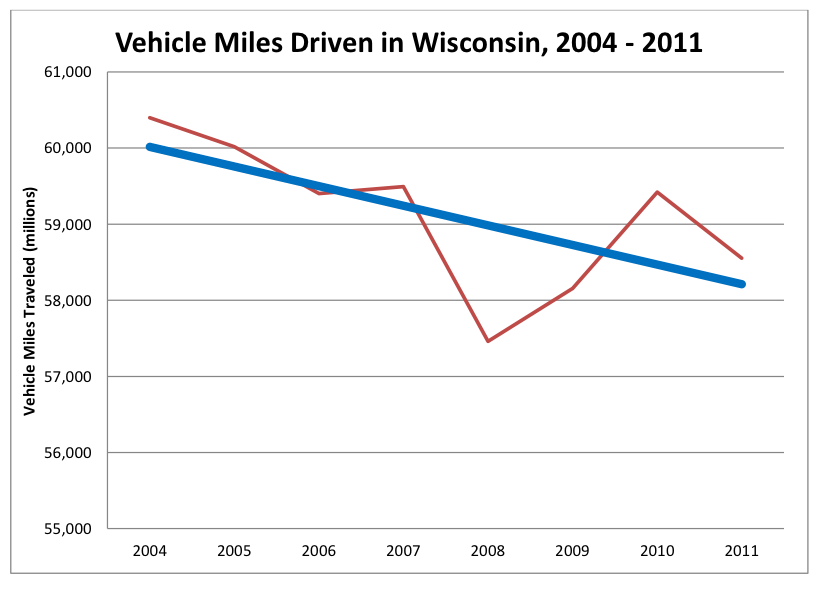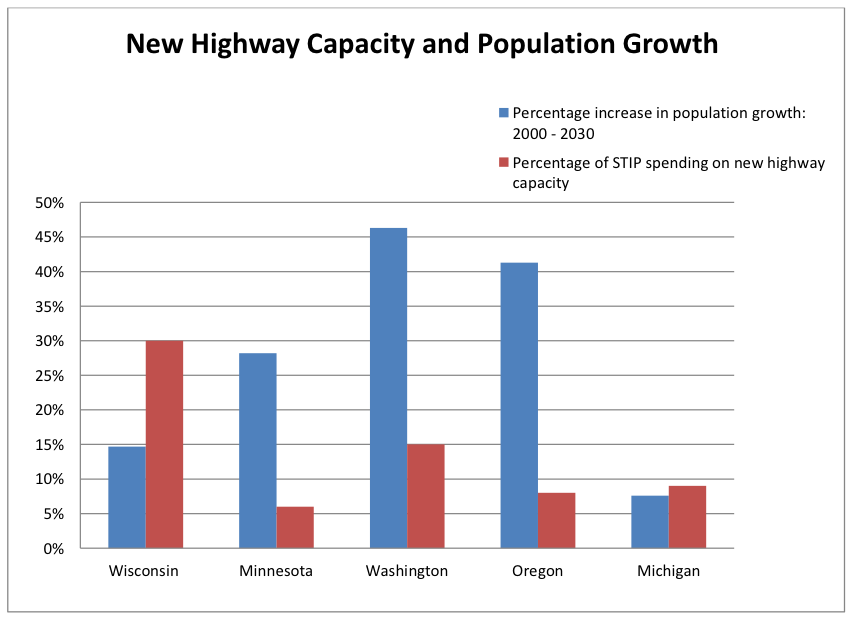WISPIRG FOUNDATION
Executive Summary
Wisconsin’s demographic and transportation trends are changing. But, state transportation plans are not. Wisconsin continues to spend heavily on new road capacity and highway expansions, reflecting a decades-old assumption that we are continuing to drive more every year.
This report questions whether the state of Wisconsin might be wasting huge sums of taxpayer money on unnecessary projects by planning to invest heavily in new roads and highway expansions that are out of sync with population and travel behavior trends in the state. On the one hand, Wisconsin’s population and its volume of driving grow at a relatively slow pace that has slowed over time. On the other hand, the state plans to focus its limited transportation funds on building new and wider highways, while neglecting repairs and other travel modes that have grown over recent years.
The main finding of this report is that Wisconsin stands out like a sore thumb, compared to most other states, with regard to how much the state plans to spend on new road capacity and highway development when you consider our relatively slow population and driving growth. The trends hardly justify diverting limited transportation resources from other uses and modes.
Consider:
- Wisconsin ranks 11th among the 50 states on the percentage of funds it is committing to new road capacity, with 30% of its State Transportation Improvement Plan (STIP) designated for new capacity, compared to a national average of 19%.
- Wisconsin ranks 28th among the fifty states in projected population growth from 2000-2030.
- Wisconsin’s population is projected to increase only 14.7 percent from 2000-2030, approximately half the national average of 29.2 percent1.
- Of the 21 states that have committed 20 percent or more of their STIP to new road capacity, 13 are in the top 20 states for projected population growth from 2000-2030.
Compared to most other states, Wisconsin’s transportation spending plans seem completely out of touch. By comparison, Minnesota’s population is projected to increase by 28%, but is planning to spend only 6% of its limited transportation funds on highway expansion. Michigan’s population is projected to increase by 7.6 percent, but is planning to spend 9 percent on new road capacity.
At the same time, transportation trends are changing and urgent transportation needs are unmet:
- The average Wisconsinite was driving nearly 500 fewer miles in 2010 than in 2004, when vehicles miles traveled (VMTs) and VMTs per capita peaked.
- This trend away from driving is even more pronounced among young people. The average young person (age 16-34) drove 23 percent fewer miles in 2009 than the average young person in 2001.
- Meanwhile, the travel by young people on public transportation nationally increased exponentially. From 2001 to 2009, the number of passenger-miles on public transit by people ages 16 to 34 increased by 40% nationwide.
- According to a 2008 report, 43 percent of Wisconsin’s roads were rated as being in “less than good” condition.
- 1,142 structurally deficient bridges in Wisconsin stood in need of repair in 2010.
WISPIRG recommends that state leader reevaluate our state transportation planning process in order to reflect population, demographic and transportation trends. In addition, state leaders should get our transportation priorities straight by cutting wasteful spending on unnecessary and costly highway projects and prioritizing the repair and maintenance of local roads and bridges and the transit infrastructure that Wisconsinites, especially young and elderly residents, are using in record numbers.
Read full report (PDF) here: Highway Boom, Budget Bust
About WISPIRG
wispirg.org
“WISPIRG is a consumer group that stands up to powerful interests whenever they threaten our health and safety, our financial security, or our right to fully participate in our democratic society. For decades, we’ve stood up for consumers, countering the influence of big banks, insurers, chemical manufacturers and other powerful special interests.”
Tags: WI, Wisconsin, WISPIRG Foundation








 RSS Feed
RSS Feed